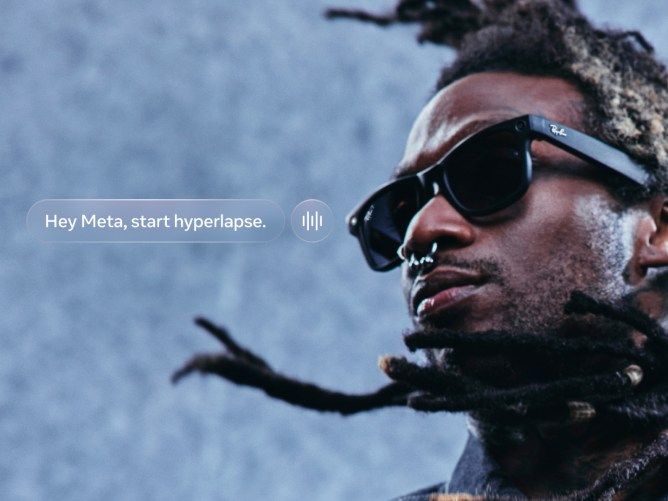Meta just dropped its most athletic-focused smart glasses yet. The $499 Oakley Meta Vanguard, unveiled at Meta Connect 2025, targets runners and cyclists with rugged IP67 rating, 3K video capture, and seamless Garmin smartwatch integration. Available October 21, these glasses represent Meta's boldest push into the sports wearables market.
Meta just made its biggest play for the athletic wearables market. At Meta Connect 2025 Wednesday, the company unveiled the Oakley Meta Vanguard smart glasses - a $499 pair designed specifically for runners, cyclists, and serious athletes who want hands-free recording without compromising performance.
The timing couldn't be better. While competitors like Apple focus on general consumer markets, Meta's digging deeper into niche segments where loyalty runs high. The Vanguard represents a significant evolution from the Oakley Meta HSTN launched just three months ago, which Meta initially called its "first product for athletes and fans alike."
What sets the Vanguard apart is its unified front lens design - a departure from the dual cameras positioned at frame corners in previous Meta glasses. This sleek approach houses a 12-megapixel camera capable of 3K video recording with a 122-degree wide-angle lens, perfect for capturing those first-person athletic moments that make social media gold.
The technical specs reveal Meta's serious intent. These glasses pack up to nine hours of battery life, with the charging case delivering an additional 36 hours on the go. Quick charging gets you to 50% in just 20 minutes - crucial for athletes who can't afford downtime between training sessions.
But it's the integrations that really matter. The Vanguard connects seamlessly with Garmin smartwatches, letting athletes ask for real-time stats like heart rate and pace without breaking stride. Even more compelling is the Strava integration, which graphically overlays performance metrics onto captured videos and photos before sharing directly to the community.
"All of the buttons on the smart glasses are located underneath to allow athletes to wear helmets comfortably," according to Meta's announcement. That attention to real-world athletic use cases shows Meta's listening to feedback from serious users, not just casual consumers.
The audio improvements are substantial too. Meta claims the open-ear speakers are six decibels louder than the HSTN model and represent "the most powerful speakers yet on any of its glasses." A five-microphone array optimized for wind noise reduction means clear calls and Meta AI interactions even during intense outdoor activities.



